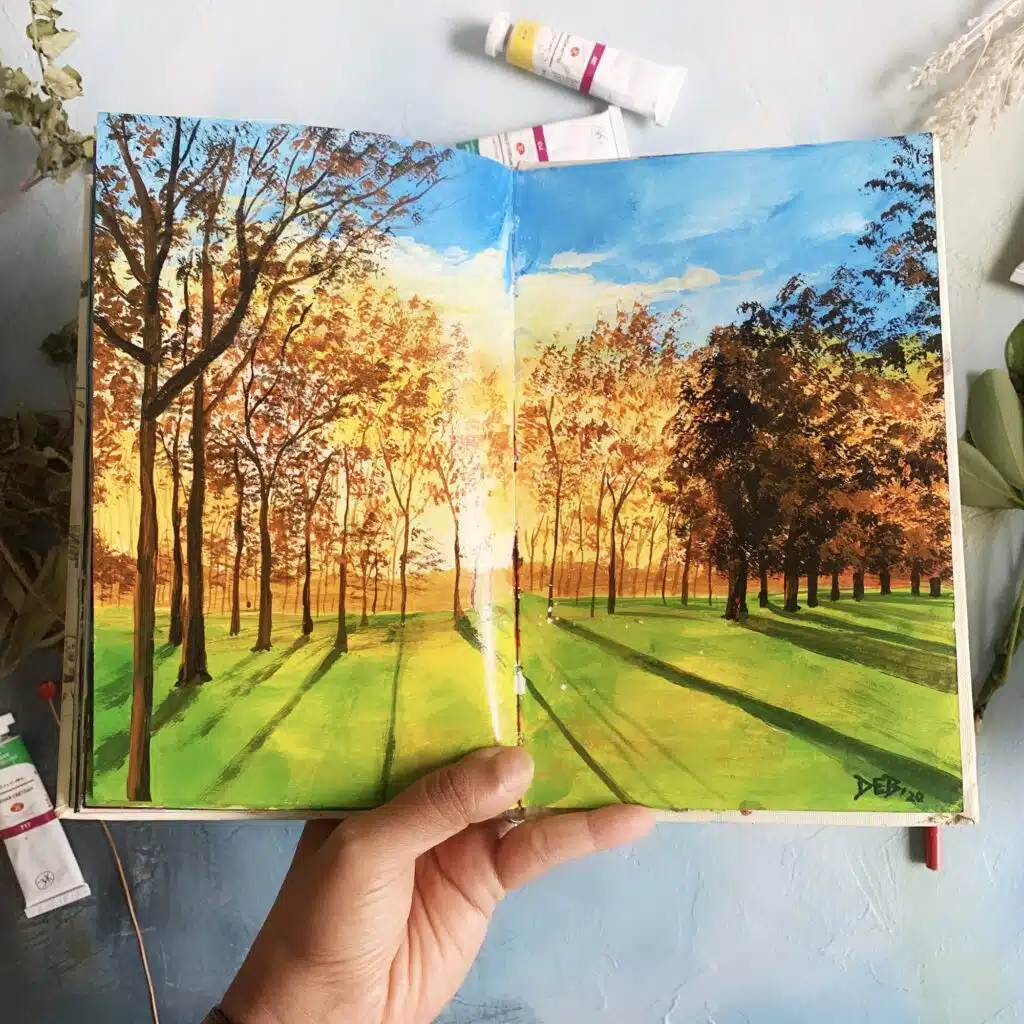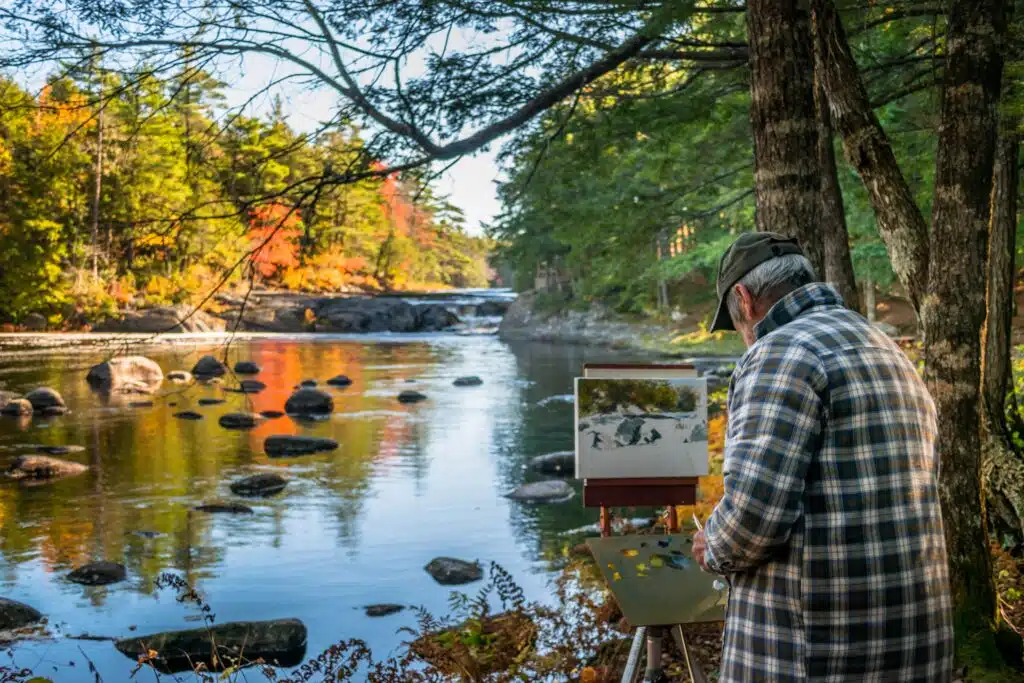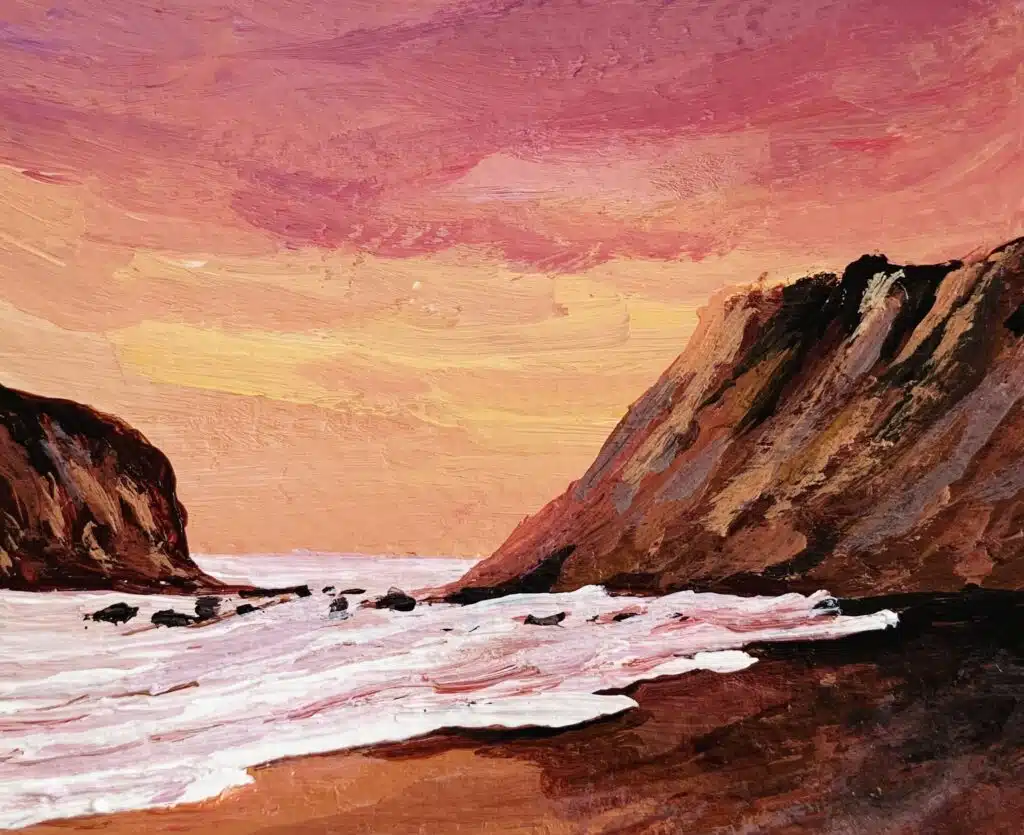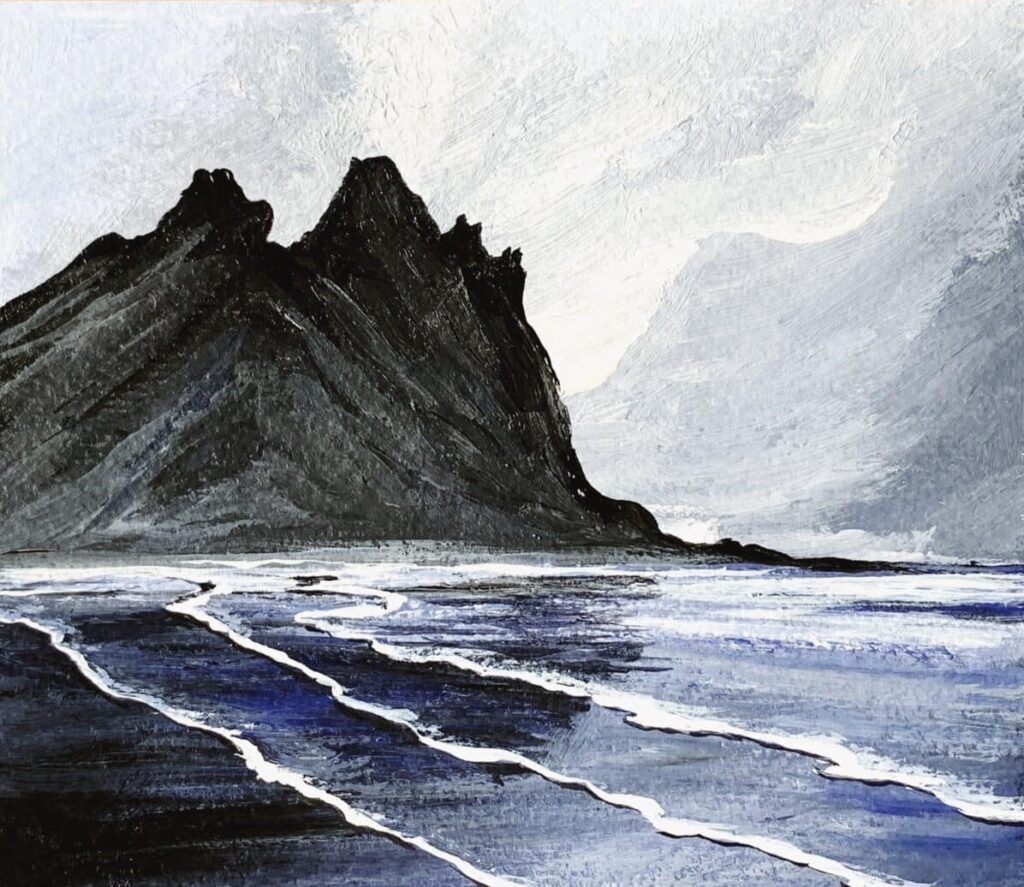The landscape has always been a captivating subject for artists, serving as a source of inspiration and a canvas to explore the beauty of the natural world.
But what truly sets landscape art apart is its ability to capture the dynamic and ever-changing nature of the environment.
In this blog post, we embark on a journey through the mesmerizing world of the dynamic landscape, where artists skillfully bring to life the shifting skies, evolving seasons, and transient moments of nature’s beauty.
Join us as we delve into the captivating realm of the dynamic and changing nature of the landscape in art.
1. The Dance of the Skies
The skies above the landscape are ever-changing, offering an endless display of awe-inspiring beauty.
Artists capture the dynamic qualities of the sky by depicting the shifting colors, dramatic cloud formations, and the interplay of light and shadow.
From the vibrant hues of a sunrise to the fiery palette of a sunset or the stormy depths of thunderclouds, the ever-changing skies become a powerful element that adds movement, drama, and atmosphere to landscape paintings.
2. The Seasons' Embrace
Seasons come and go, transforming the landscape with their distinct colors, textures, and moods.
Artists skillfully depict the evolving nature of the landscape as it transitions from the fresh blossoms of spring to the vibrant greens of summer, the golden hues of autumn, and the serene stillness of winter.
Through their brushstrokes, artists capture the fleeting beauty of each season, allowing viewers to experience the passage of time and the continuous cycle of growth, change, and renewal.
3. Time's Gentle Touch
Time leaves its mark on the landscape, creating a sense of impermanence and transience.
Artists convey the passage of time by depicting the gradual erosion of rocks, the weathering of trees, and the traces of history etched into the land.
They capture the shifting patterns of light and shadow as the sun traverses the sky, and the changing seasons that bring forth new life and eventually lead to decay.
These elements remind us of the fleeting nature of existence and evoke a sense of contemplation and appreciation for the beauty found in every moment.
4. The Fluidity of Water
Water, in all its forms, holds an inherent sense of movement and change.
Artists capture the dynamic qualities of water by portraying flowing rivers, crashing waves, and tranquil lakes.
They masterfully depict the reflections, ripples, and cascades that bring a sense of life and energy to the landscape.
By harnessing the fluidity of water, artists add a captivating element of motion and a reminder of the ever-changing nature of the world.
5. Atmospheric Delights
The atmosphere enveloping the landscape is a canvas of its own.
Artists skillfully capture the atmospheric conditions, such as misty mornings, dramatic storms, or the ethereal glow of a foggy day.
They use subtle shifts in color, texture, and brushwork to convey the ever-changing atmospheric elements that shape the landscape’s character.
The interplay of light, air, and moisture adds depth, mood, and a touch of mystery to the artwork.
6. The Dance of Light and Shadows
Light and shadows play a crucial role in depicting the dynamic nature of the landscape.
Artists skillfully capture the changing angles of sunlight, the elongation of shadows, and the interplay of light and darkness.
These elements not only add depth and dimension to the artwork but also convey the passage of time as the sun moves across the sky.
7. Capturing Movement
The dynamic nature of the landscape often involves elements in motion, such as swaying trees, flowing water, or moving wildlife.
Artists employ techniques like blurred brushstrokes or expressive lines to depict the sense of movement and energy within the scene.
By capturing these fleeting moments of motion, artists bring a sense of vitality to their artwork.
8. Evoking Atmosphere Through Color
Color choice and application are powerful tools for conveying the dynamic nature of the landscape.
Vibrant, warm colors may suggest a lively and energetic scene, while cool or muted tones can evoke a more tranquil and contemplative atmosphere.
Artists carefully select and blend colors to evoke the changing moods and atmospheric conditions of the landscape.
9. Layers of Texture
Texture can be used to convey the dynamic qualities of the landscape.
Artists may experiment with various techniques, such as impasto or dry brushing, to create texture that mimics the roughness of tree bark, the movement of water, or the ruggedness of mountains.
Texture adds a tactile quality to the artwork, enhancing the sense of movement and capturing the essence of the ever-changing landscape.
10. The Emotional Connection
The dynamic and changing nature of the landscape elicits a range of emotions within the viewer.
Artists tap into this emotional connection by infusing their artwork with a sense of wonder, serenity, awe, or even melancholy.
By capturing the fleeting moments and showcasing the landscape’s ever-evolving beauty, artists invite viewers to connect with their own experiences and evoke a profound emotional response.
By exploring the dynamic and changing nature of the landscape, you can infuse your artwork with a sense of life, movement, and evocative storytelling.
Through the portrayal of shifting skies, evolving seasons, the passage of time, and the interplay of elements, artists transport us into a realm where we can appreciate the beauty found in every fleeting moment.
As you immerse yourself in the dynamic landscapes depicted by artists, we invite you to reflect upon your own connection with the ever-changing world around us.
How does the depiction of the dynamic landscape in art resonate with you? What emotions does it evoke?
Share your thoughts and experiences in the comments below and continue to explore the captivating world of the dynamic landscape in art.





